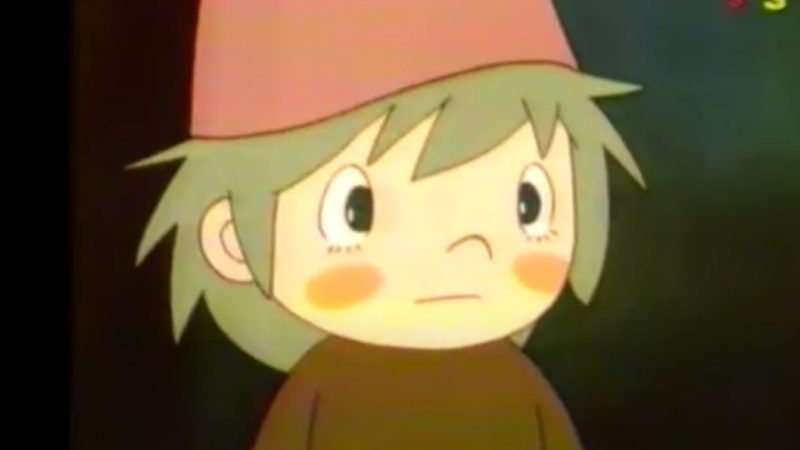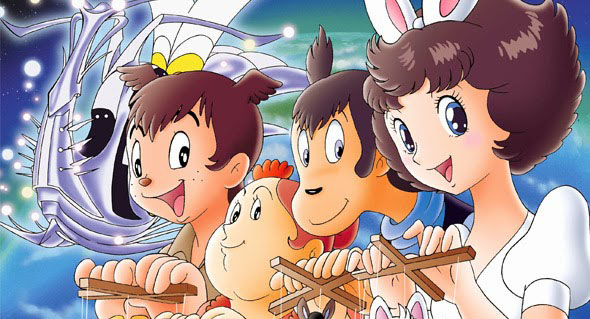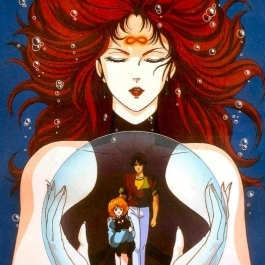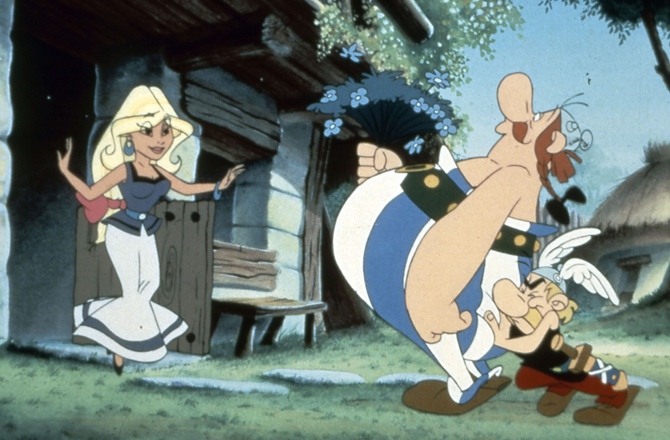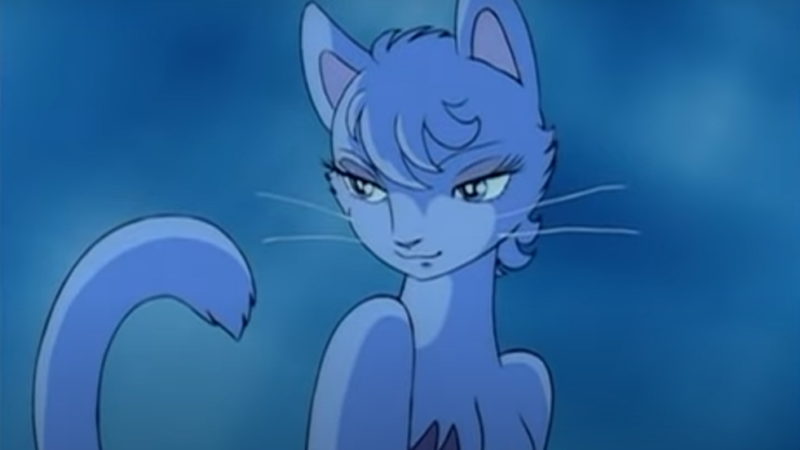The Academy of Museum of Motion Pictures has revealed details of Hayao Miyazaki's exhibition

THEAcademy of Museum of Motion Pictures revealed details of the Hayao Miyazaki, which will celebrate the Oscar-winning Japanese animation master. The exhibition is curated by Academy Museum Exhibition Curator Jessica NIebel and Assistant Curator Raul Guzman, and organized in collaboration with Studio Ghibli, which Miyazaki co-founded in 1985. On display at the Marilyn and Jeffrey Katzenberg Gallery at '' public opening of the museum on April 30, Hayao Miyazaki marks the first North American museum retrospective dedicated to the acclaimed artist and his work.
Featuring over 300 objects, the exhibit will explore each of Miyazaki's animated films, including my neighbor Totoro (1988) and the Academy Award winner The Enchanted City (2001). Visitors will travel through the director's six-decade career through a dynamic presentation of original imageboards, character designs, storyboards, layouts, backgrounds, posters and celes, including pieces never before shown to audiences outside of Japan, as well as wide-screen projections. scale of movies and immersive environments.
“It is an immense honor to have Hayao Miyazaki for this inaugural temporary exhibition at the Academy Museum of Moving Images, ”said Studio Ghibli co-founder and producer Toshio Suzuki. “Miyazaki's genius is his power to remember what he sees. He opens the drawers in his head to bring out these visual memories to create characters, landscapes and structures full of originality. Our hope is that visitors can experience the full extent of Hayao Miyazaki's creative process through this exhibition. I am deeply grateful to all those who have been fundamental in the presentation of this exhibition “.
Academy museum director Bill Kramer commented, “We couldn't be more excited to launch our new institution, featuring the most comprehensive presentation of Hayao Miyazaki's work to date. Honoring the masterful career of this international artist is an appropriate way to open our doors, signifying the global scope of the Academy Museum “.
“Hayao Miyazaki has a singular ability to capture the way we perceive life, with all its ambiguities and complexities,” said curator Niebel. “It was a privilege to collaborate with Studio Ghibli in creating an exhibition. that will appeal to the hardcore Miyazaki fans and those who are not yet familiar with his work ”.
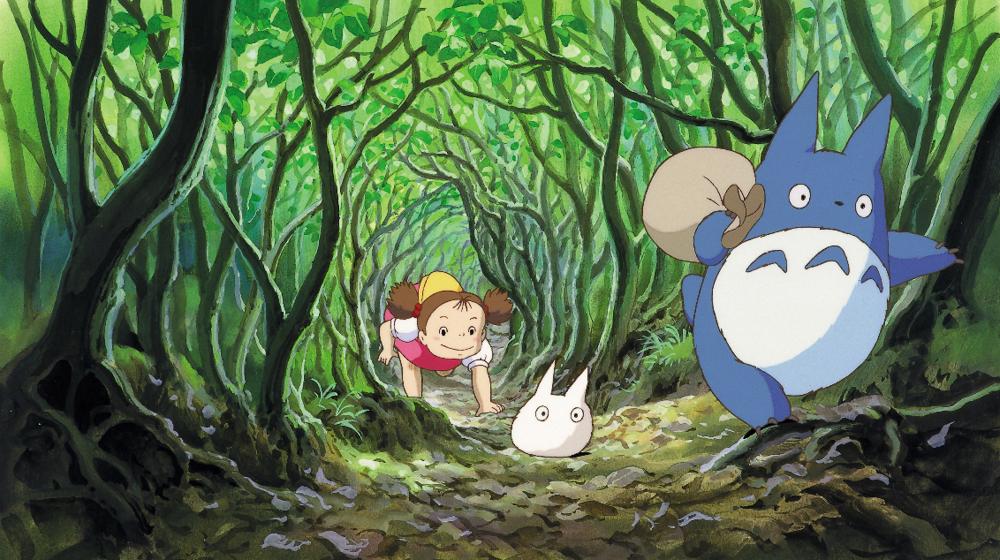


my neighbor Totoro
Organized by themes in seven sections, the exhibition is conceived as a journey: to let visitors who follow Mei, the four-year-old girl (my neighbor Totoro) inside the gallery of Tree tunnel ; a space of transition that leads into the enchanted worlds of Miyazaki.
Upon exiting the tunnel, visitors will find themselves in the gallery of the Character creation , which features a multi-screen installation of short clips of Miyazaki's main protagonists. This section highlights how his characters are developed from concept to creation and features original character designs from Totoro, Kiki - Home delivery (1989) and Principessa Mononoke (1997) - some of these works of art have never been seen outside of Japan.
In the following Making Of, visitors will learn about Miyazaki's long-term collaboration with late Studio Ghibli co-founder Isao Takahata and his early work as an animator, including groundbreaking TV series Heidi, Girl from the Alps and his first feature film Lupine III: The Castle of Cagliostro (1979). A special tribute to Nausicaä of the Valle del Vento (1984) underlines its importance to Miyazaki's career and the founding of Studio Ghibli.



Nausicaä of the Valley of the Wind © 1984 Studio Ghibli
From there, visitors move to the gallery of the Creation of worlds , a space that evokes the fantastic worlds of Miyazaki. The gallery will capture the contrast between beautiful, natural and tranquil environments and industrial settings dominated by work and technology that are often featured in Miyazaki's films. Visitors can view concept sketches and backgrounds that offer insight into Miyazaki's imagination, including an original image panel from his first Ghibli film, Laputa castle in the sky (1986) and subsequent film illustrations. Other areas explore Miyazaki's appeal for complex vertical structures, such as the famous bathhouse in The Enchanted City and the underwater world of Ponyo (2008), as well as Miyazaki's interest in the flight seen in Porco Rosso (1992) and The wind rises (2013). As a highlight of the exhibition, visitors can enjoy a moment of quiet contemplation in the Sky view installation, addressing another frequent Miyazaki motif: the desire to slow down, reflect and dream.



Production image, Ponyo © 2008 Studio Ghibli
Subsequently, the gallery Transformations offers visitors the opportunity to explore the amazing metamorphoses often experienced by both characters and settings in Miyazaki's films. In Howl's Moving Castle (2004), for example, the protagonists go through physical transformations that reflect their emotional states, while in other films, like Nausicaa, Miyazaki creates mysterious and imaginative ways to visualize the changes humans impose on the natural world.
Visitors then enter the final gallery of the exhibition, Magic forest, through his Mother Tree installation. Standing on the threshold between dream and reality, colossal and mystical trees in many of Miyazaki's films represent a connection or a door to another world. After passing through the installation, visitors encounter forest spirits, such as the playful Kodama of Principessa Mononoke - through a series of storyboards and mixed media. Visitors exit through another transitional corridor, which guides them from Miyazaki's imaginative worlds to the museum.



Wallpaper, Princess Mononoke © 1997 Studio Ghibli
Hayao Miyazaki it will be accompanied by a 256-page catalog that takes the reader on a richly illustrated journey through the director's extraordinary cinematic worlds. The production materials of his early television works across all 11 feature films offer an overview of Miyazaki's creative process and masterful animation techniques. Published by the Academy Museum of Motion Pictures and DelMonico Books, the catalog includes a preface by Toshio Suzuki, essays by Pete Docter, Daniel Kothenschulte and Jessica Niebel, and an illustrated filmography.
The exhibition will also be complemented with film screenings in English and Japanese in the museum's state-of-the-art theaters, public programs and unique products created with Studio Ghibli available exclusively in the museum shop.
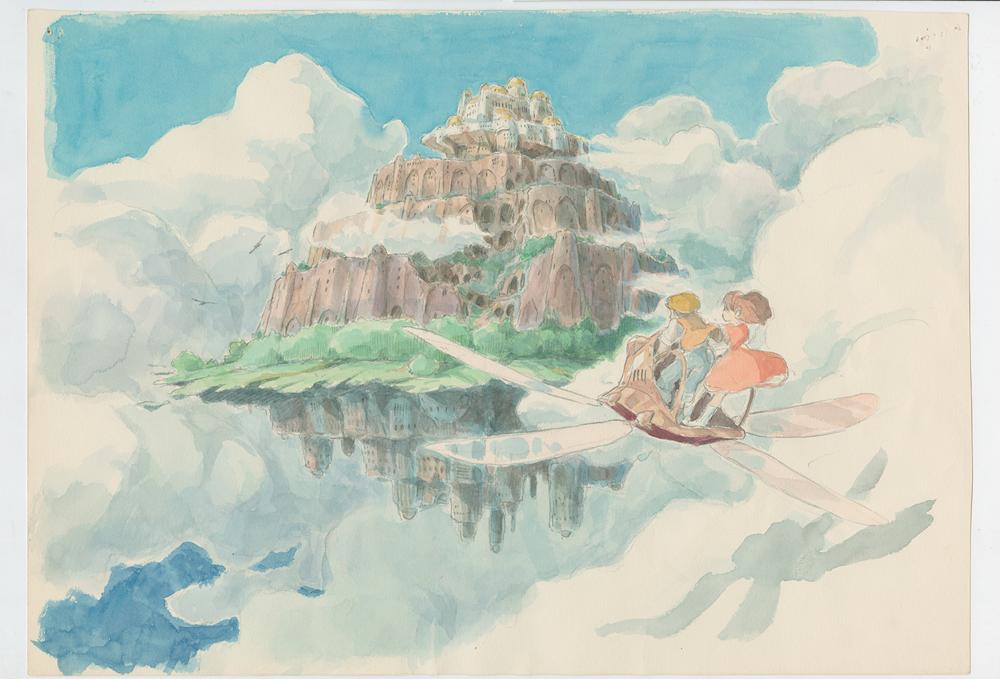


Imageboard, Castle in the Sky © 1986 Studio Ghibli

